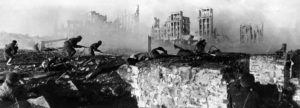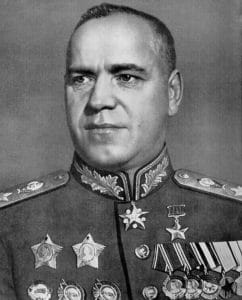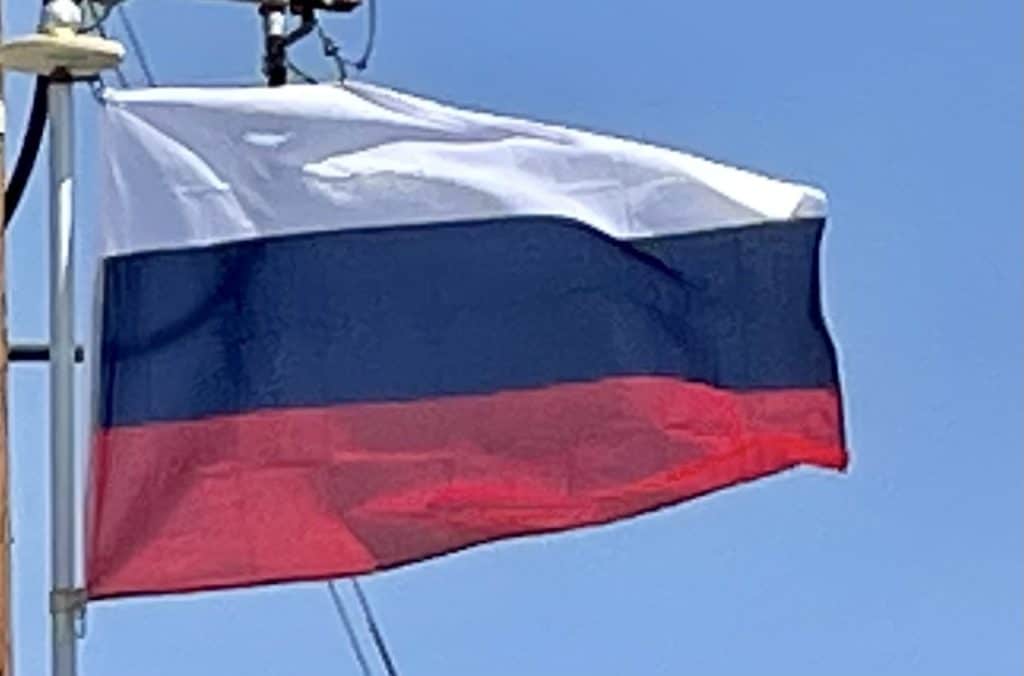Under Stalin’s leadership, the government launched a command economy, industrialization of the largely rural country, and collectivization of its agriculture. During this period of rapid economic and social change, millions of people were sent to penal labor camps, including many political convicts for their suspected or real opposition to Stalin’s rule; millions were deported and exiled to remote areas of the Soviet Union. The transitional disorganization of the country’s agriculture, combined with the harsh state policies and a drought, led to the Soviet famine of 1932–1933,which killed between 2 and 3 million people in the Russian SFSR. The Soviet Union made the costly transformation from a largely agrarian economy to a major industrial powerhouse in a short span of time.
World War II:
On 22 June 1941, Nazi Germany broke their non-aggression treaty; and invaded the ill-prepared Soviet Union with the largest and most powerful invasion force in human history, opening the largest theater of World War II. The Nazi Hunger Plan foresaw the “extinction of industry as well as a great part of the population”. Nearly 3 million Soviet POWs in German captivity were murdered in just eight months of 1941–42. Although the Wehrmacht had considerable early success, their attack was halted in the Battle of Moscow. Subsequently, the Germans were dealt major defeats first at the Battle of Stalingrad in the winter of 1942–43, and then in the Battle of Kursk in the summer of 1943.

Another German failure was the Siege of Leningrad, in which the city was fully blockaded on land between 1941 and 1944 by German and Finnish forces, and suffered starvation and more than a million deaths, but never surrendered. Under Stalin’s administration and the leadership of such commanders as Georgy Zhukov and Konstantin Rokossovsky, Soviet forces steamrolled through Eastern Europe in 1944–45 and captured Berlin in May 1945. In August 1945 the Soviet Army ousted the Japanese from China’s Manchukuo and North Korea, contributing to the allied victory over Japan.

The 1941–45 period of World War II is known in Russia as the “Great Patriotic War.” The Soviet Union together with the United States, the United Kingdom and China were considered as the Big Four of Allied powers in World War II, and later became the Four Policemen which was the foundation of the United Nations Security Council. During this war, which included many of the most lethal battle operations in human history, Soviet civilian and military death were about 27 million, accounting for about a third of all World War II casualties. The full demographic loss to the Soviet peoples was even greater. The Soviet economy and infrastructure suffered massive devastation which caused the Soviet famine of 1946–47, but the Soviet Union emerged as an acknowledged superpower.
Cold War:
After the war, Eastern and Central Europe, including East Germany and parts of Austria were occupied by the Red Army according to the Potsdam Conference. Dependent socialist governments were installed in the Eastern Bloc satellite states. Becoming the world’s second nuclear power, the USSR established the Warsaw Pact alliance and entered into a struggle for global dominance, known as the Cold War, with the United States and NATO.
